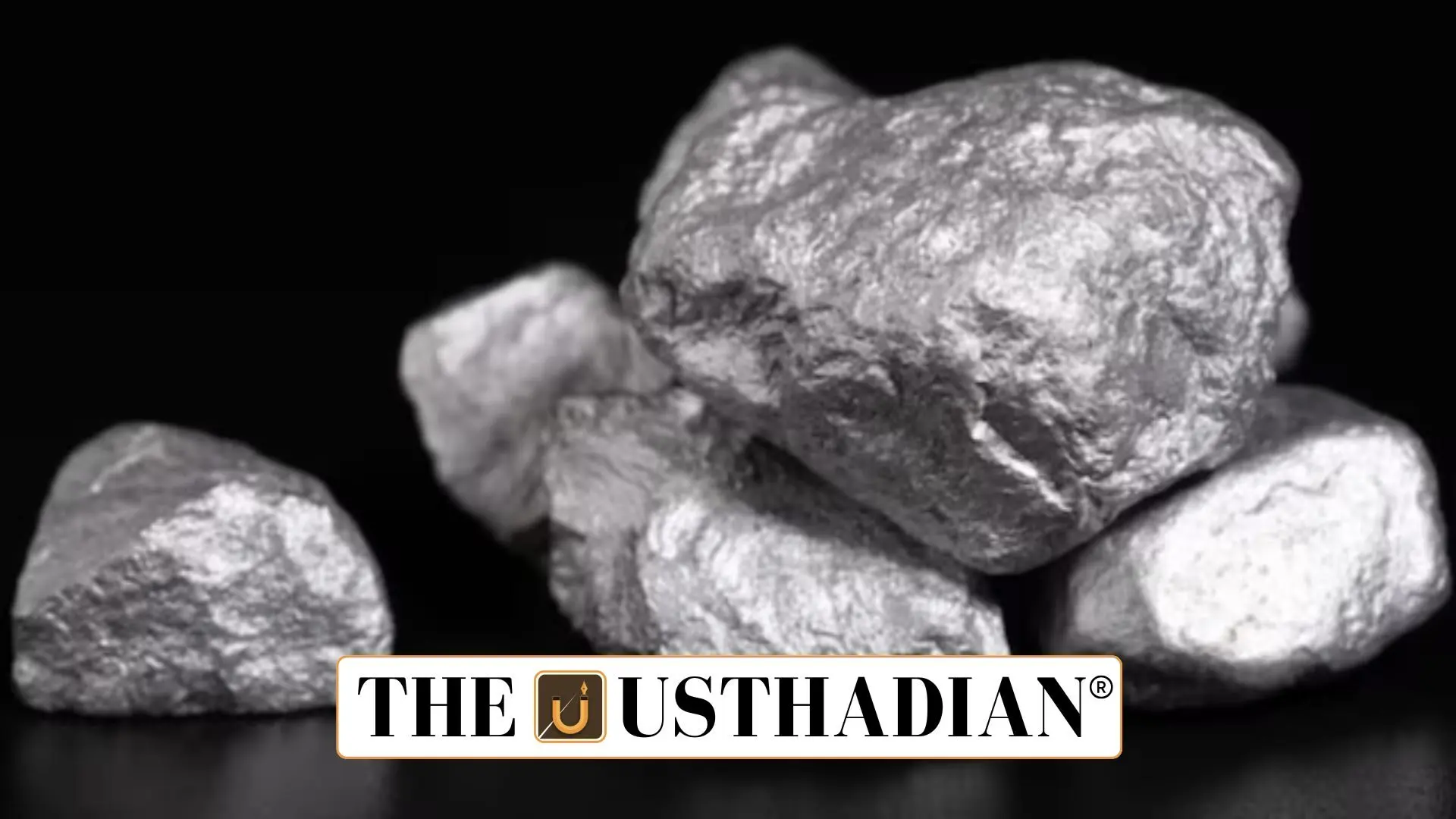India holds third-largest REE reserves globally
India’s Rare Earth Potential Still Underutilized: According to the recent CareEdge Report, India possesses 8% of the world’s total Rare Earth Element (REE) reserves, placing it third globally behind China and Brazil. Despite this vast potential, India contributes less than 1% to global REE production.
China, which has 49% of REE reserves, dominates the global REE economy, producing 69% of total REEs and refining over 90% of them. India’s low output reflects systemic issues in mining, refining, and market linkage.
REE-rich coastal belts in India
India’s REEs are primarily found in monazite sands, which also contain thorium, adding a layer of complexity due to radioactivity. These reserves are concentrated in coastal states like Tamil Nadu, Kerala, Andhra Pradesh, and Odisha.
The 2023 Indian Minerals Yearbook confirms that these sands hold strategic potential. However, India’s extraction remains limited due to technical and regulatory constraints.
Static GK fact: Monazite is one of the few minerals containing thorium, which was previously considered as an alternative nuclear fuel in India’s three-stage nuclear program.
Barriers in mining and processing
Extracting REEs is a complex, long, and expensive process due to their association with radioactive elements. India’s operations are also bound by Coastal Regulation Zone (CRZ) norms, which limit excavation activities in coastal regions.
Moreover, India lacks a full industrial value chain. Though the country can mine, separate, and refine REEs into oxides and metals, it has minimal capacity to convert them into value-added intermediate products like magnets or alloys used in electronics, wind turbines, and EVs.
Static GK Tip: Rare Earth Elements are divided into Light REEs (LREEs) and Heavy REEs (HREEs). India predominantly has LREEs, while HREEs, used in defense and high-tech applications, are not available in extractable amounts.
India’s current capabilities and players
Indian Rare Earths Limited (IREL), a Mini Ratna company, is currently the only public entity involved in monazite processing for REE production. However, its scale remains limited to early-stage processing, not extending to high-end applications.
While policy discussions on critical mineral security have gained momentum, the country still lacks a dedicated REE ecosystem. The absence of private sector participation and advanced R&D hinders growth.
The road ahead
With increasing global demand for green technologies, India must strengthen its REE value chain. Focused investments, easing CRZ restrictions, and developing refining and alloying capacities could help bridge the gap between reserves and output.
India can also explore strategic collaborations with global REE leaders and push domestic innovation to achieve REE self-sufficiency.
Static Usthadian Current Affairs Table
| Topic | Detail |
| India’s REE share | 8% of global reserves |
| Global REE leader | China with 49% reserves and 69% production |
| India’s global output share | Less than 1% in mining |
| Main source of Indian REEs | Monazite sands |
| Key Indian states with REE deposits | Tamil Nadu, Kerala, Andhra Pradesh, Odisha |
| Processing entity in India | Indian Rare Earths Limited (IREL) |
| Main barrier to mining | Radioactivity and CRZ restrictions |
| Type of REEs in India | Mostly Light Rare Earth Elements (LREEs) |
| Refining gap | Lack of facilities for magnets and alloys |
| Relevant report | CareEdge Report 2024 |








